How Much Do You Know For CNC Technology Automation?
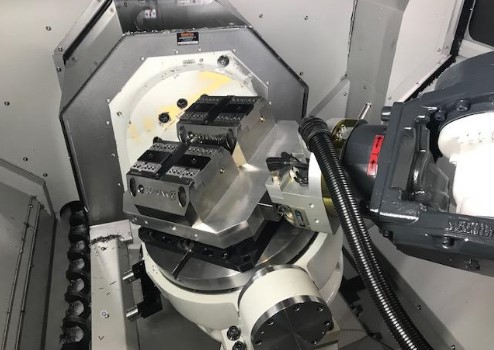
CNC automation is the most effective technique to get the most of your CNC machine. Connecting Xcelerate and Elevate robots to current and new CNC machinery is simple. CNC automation is now possible for the whole machining industry thanks to our universal automation solutions. The CNC automation has never been more accessible than it presently is; whether milling, turning, grinding, wiring, or zinc sparking are part of the operation at hand.
1. What is automation?
The process through which robotized work replaces (part of) the manual labor involved in a manufacturing process is automation. A prime example is a connection to a CNC machine from a robot cell. As a result, the CNC production process may continue without humans because the robot can load and unload the machine.
2. Which CNC machines can automate?
In principle, any CNC machine, regardless of manufacturer, may be automated. We’ve worked with several different CNC manufacturers. like 3-axis ,4-axis and 5-axis machines, There is a certain activity spectrum when it applies on CNC machining services. It has an impact on the X, Y, and Z axes. The maximum size of workpieces that may be loaded into the CNC machine is specified. Both horizontal spindle CNC machines and vertical spindle CNC machines may be automated.
3. Is CNC automation a good investment for you?
CNC machines are available which design in a wide range of working sizes and shapes for customers choice. Automation, regardless of the CNC machine you own, is frequently worth the effort needed. Your CNC machine will pay for itself many times over. In addition, automation can provide longer-lasting output, resulting in less labor for your specialized team. Many of our clients have firsthand knowledge of this.
Your investment is also well worth it for small batches. You will be able to enhance your standard CNC production output with Xcelerate greatly. What is the secret of Xcelerate? Not only in terms of speed but also in terms of consistency. Xcelerate can work at the same speed for hours on end, is unaffected by distractions, and does not require breaks, phone calls, or coordination in the middle of the operation. It regularly delivers excellent results. All of those hours of uncrewed operation are also a significant advantage.
4. CNC automation is also appropriate for small series and a variety of items
Xcelerate and Elevate can also manage products with complicated or irregular shapes. The robot, as well as the flexibility of the gripper fingers and inlays, are critical. CNC manufacturing services robotization is not just for mass producers. Suppliers with an unpredictable manufacturing process, such as small series and a wide range of products, can profit from our automation solutions as well. Do you require a higher handling weight and a large storage capacity on a compact surface area? If this is the case, Elevate is the appropriate automation option for you.
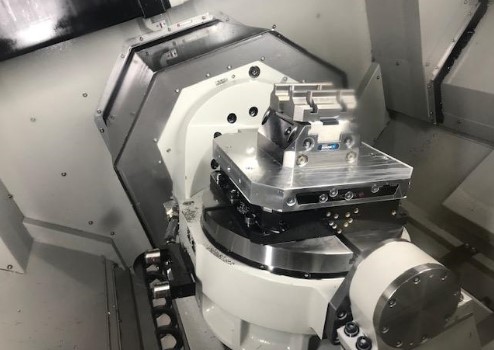
5. The significance of safety in CNC automation
Working securely with automated systems is of the utmost importance. The is why we place a premium on safety. At all times, we adhere to CE safety regulations. For example, Xcelerate is typically outfitted with a floor scanner to ensure that the machine stays accessible, ensuring the safety of your staff. The solution is simple to integrate into your current CNC production environment. Elevate comes in various forms to let you customize your preferred automation solution to your specific needs and working environment. While our loading robots load and unload your CNC machine, your workers may work uninterrupted and safely.
6. User-friendly software
Xcelerate and Elevate are simple to operate for any operator, thanks to their user-friendly software. You can add new modules or upgrade old ones using intelligent software. Do you, for example, require a unique inlay or gripper fingers for a specific product? No problem: with our software, this type of update is simple to implement. It also makes CNC automation very adaptable, allowing you complete control over how automation is adjusted to suit your manufacturing process.
7. Easy machine coupling
What are you going to need to connect an automation solution to your machine? Three critical components for stable and dependable CNC automation are an automatic door, a robot interface, and automated clamping. We have many years of experience coupling automation solutions to various machine brands, taking complete control of the process to save its customers a significant amount of time and work.
8. Addition of multiple features
The machine interface is critical in machine coupling. An essential I/O link ensures that only one operation runs at a time. In such a situation, the CNC machine has the appropriate clamp, and Xcelerate understands that the products from a specific drawer must be placed there for processing until the items from the drawer are ready. If you want to process another product in your CNC machine later, you must first alter the clamp and the software.
The entire process can be automated using Profibus, Ethernet, and Ethernet/IP interfaces, even for small goods of varying forms and sizes. These are easy-to-couple protocols with a wide range of features that we may incorporate into the automation system. Consider Fixture Exchange, which allows you to replace clamps automatically. It means that Xcelerate stores the necessary clamps and changes them as necessary. Furthermore, these protocols enable you to activate various machining services. The CNC machine and the loading robot are constantly communicating with one another.
9. Automating milling benches and lathes
We automate 3-axis milling benches, 4-axis milling benches (horizontal), and 5-axis milling benches. However, there are also wire and zinc sparking devices. Learn more about what you should consider while automating a milling bench.
Conclusion:
Modern producers encounter several different obstacles. Finding talented people is one of them, and others include the ongoing need to improve overall efficiency, and success frequently rests on the ability to evolve. With our automation-friendly solutions, we can help you boost your business’s total efficiency and outrun your competitors, whether you need an integrated solution or a fully automated system.

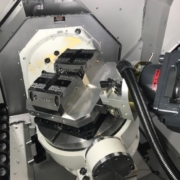
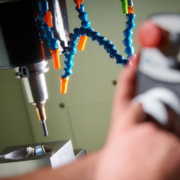

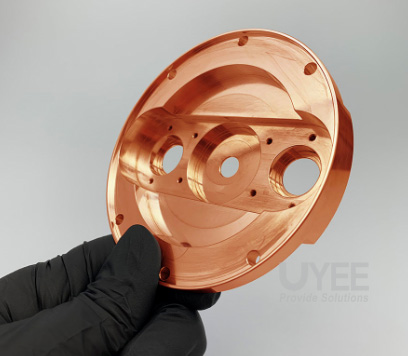 Plain milling is sometimes get referred to as surface milling. It employs a horizontal mill, which means that the cutting tool’s rotational axis is parallel to the cutting surface.
Plain milling is sometimes get referred to as surface milling. It employs a horizontal mill, which means that the cutting tool’s rotational axis is parallel to the cutting surface.